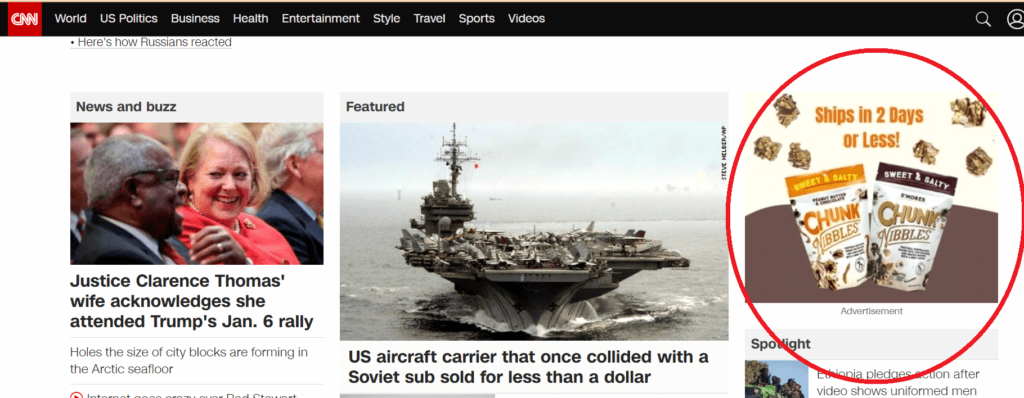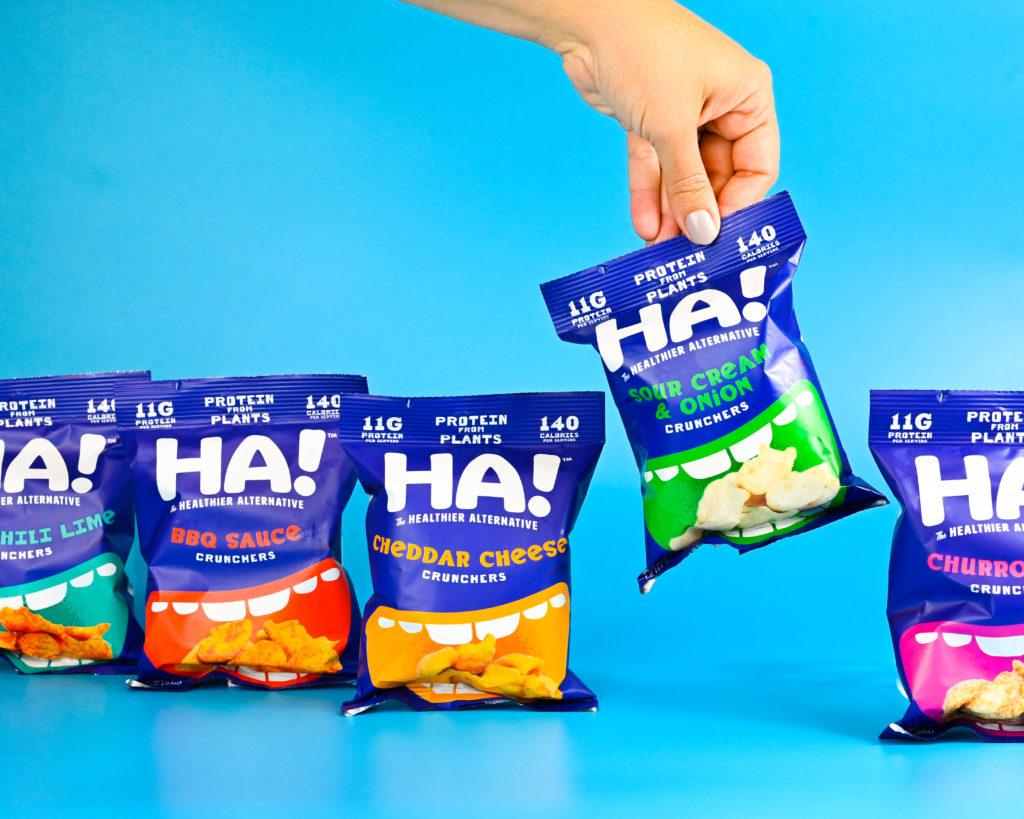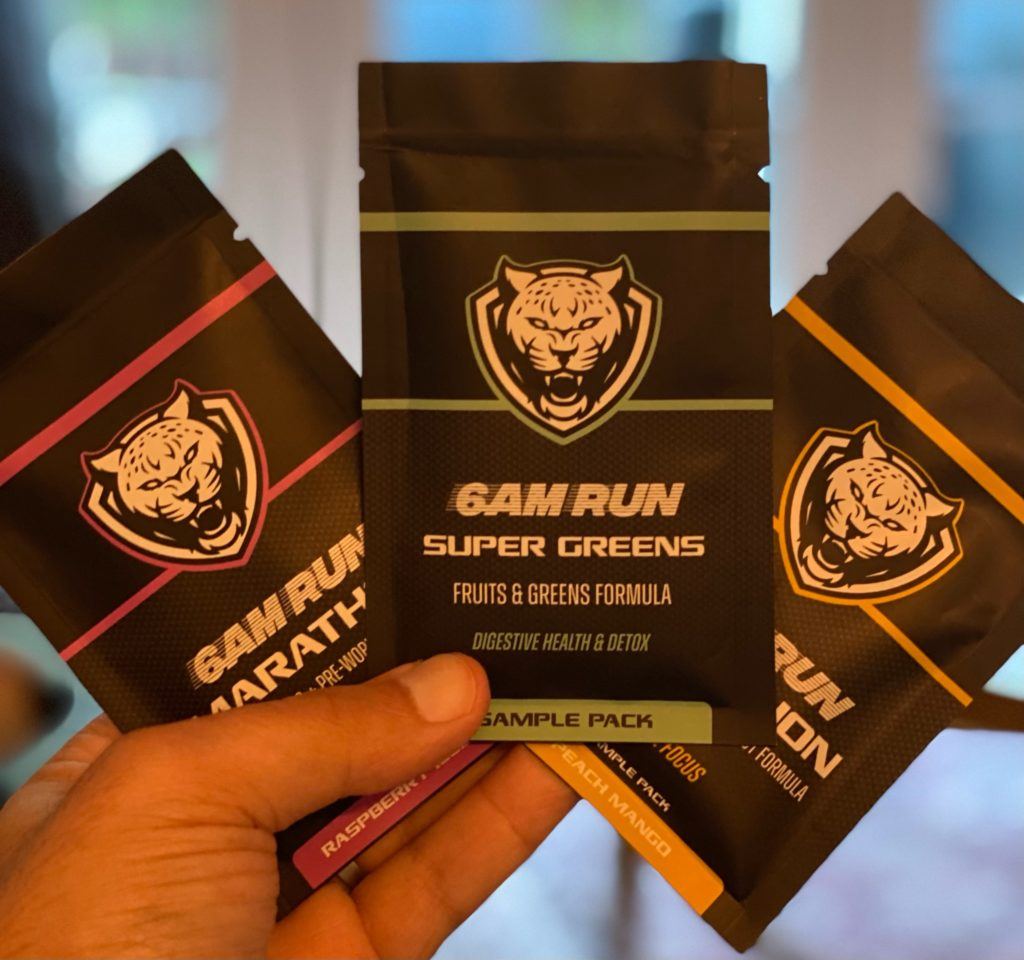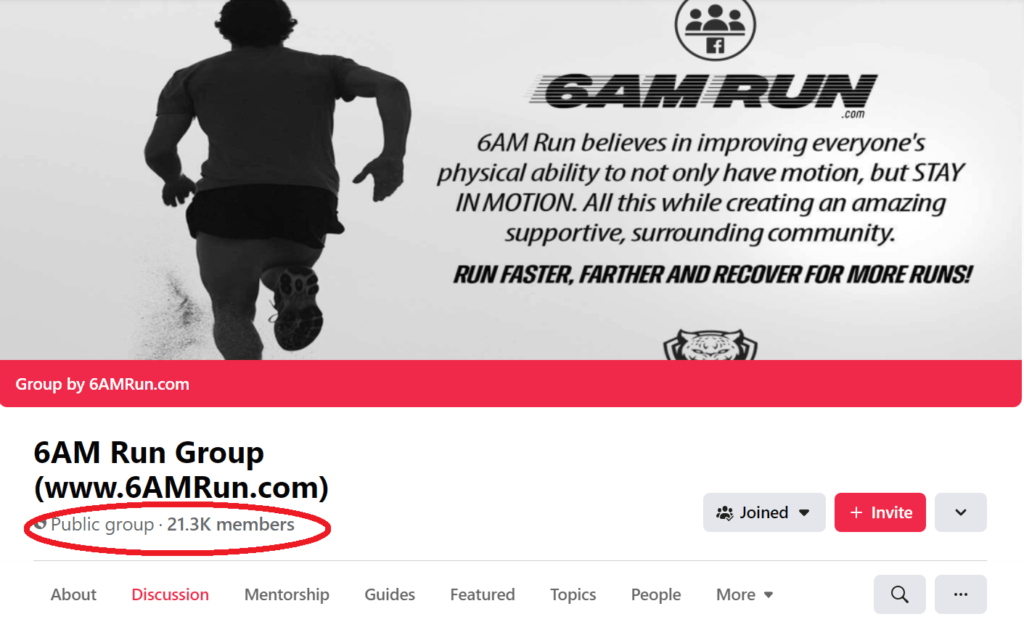The new generation of CPG startups – CPG 2.0 as we call them – are bypassing what is expected of traditional CPG brands, and many are choosing the direct-to-consumer (or D2C) model.
If you’re a new CPG, pet food, or even a non-food brand selling a consumer product, and you’re either thinking of adopting D2C as your go-to-market approach, or you’re already doing it, this article is for you.
What is Direct-to-Consumer (D2C)?
Direct to consumer, or D2C, is when you remove the intermediary – wholesaler, retailer or distributor – and sell directly to the public. It typically involves ecommerce, but can include brand-owned stores, such as an outlet location.
Shopify reported recently that international firm Heinz, founded in 1869, and Swiss chocolate icon Lindt, founded in 1845, established direct to consumer initiatives in just 5-7 days.
And a growing number of CPG 2.0 brands, are starting as direct to consumer brands. Some estimates say D2C volume will reach $174 billion in sales by 2023.
The Advantage of Adopting a Direct-to-Consumer Business Model
With so many CPG 2.0 companies starting as D2C brands, it got us thinking: what are the advantages of this model?
Unlimited Market
What you lack in physical presence, you make up for in reach. You’re not limited to your city or your neighborhood. The whole world is your potential market (if you can ship it there).
No Costs Maintaining a Physical Location
Many new companies think that by opening up a storefront, getting business cards, and designing a logo, they’re in business.
No. Being in business means selling something. The rest are all costs.
And what better way to start selling than by going directly to your consumers through an ecommerce site.
The bonus? You won’t pay exorbitant rents for a ritzy locale. Just a virtual storefront with nominal hosting fees.
24/7 Sales
When you adopt a D2C model, you sell while you sleep. Imagine going to bed and waking up the next morning to see sales for 7 bags of your grandma’s famous chocolate chip cookies.
No Middleman Eating Into Your Profits
Also, when you go direct, you keep all the money (minus your low overhead). No discounting your goods to leave margin for retailers or wholesalers. No paying commissions to salespeople. It’s 100% yours.
Gain Valuable Insight Into Your market
But the most important aspect of direct to consumer sales is gaining critical information on your market – direct from customers themselves.
Through online analytics, direct sales figures and feedback from customers through email and social media, you can learn what they like, what they don’t like, and what they are likely to buy in the near future.
The 10 D2C Tips You’ve Been Waiting For
Now let’s get into the meat of the article: the 10 tips your brand needs to kill it in direct-to-consumer.
1. Feature Your Packaging in Your Marketing
There are a few drawbacks to not being on the shelves of Whole Foods or Albertsons: Your beautiful, digitally-printed stand up pouch or lay flat package won’t be able to stop consumers in their tracks while browsing the aisles.
Fortunately, you can wow your customers by actually featuring your gorgeous pouches in your marketing.
ePac client Chunk Nibbles (chocolate covered popcorn nuggets – they’re delicious, you’ve GOT to try them) advertises on the Google Display network. Doesn’t their ad stand out with their professional-looking bags?
2. Design Unique Packaging to Really Stand Out
There’s an old marketing maxim: be different. Marketing professionals sometimes call this your ‘Unique Selling Proposition’ (USP), your ‘differentiator’, or your ‘positioning.’ Marketing guru Seth Godin talks about the importance of being different in his iconic book ‘Purple Cow.’
One of the ways to be different is through your packaging design. ePac customer Valhalla Tea features different mythical, heroic figures on each bag. Their eCommerce site is a literal pantheon of Norse gods, Mexican saints (ever heard of Santa Muerte? Don’t go looking for her statue at your local Catholic Church), and an Uncle Sam warrior.
With bags that look different and unique, you can stop your site visitors dead in their tracks with your eye-catching, off-beat designs.
3. Have a Unique Product Angle
You need a differentiated product with a unique angle if you want to succeed as a startup brand using the direct-to-consumer approach.
If you’re selling just another cheese puff snack or granola cereal, buyers would just as soon go to their local Kroger’s and pick up any old brand.
But if they want a healthy snack that has that salty, decadent taste without the guilt, they’ll have to go to your online store.
That’s the case with ePac customer Ha! Snacks, purveyor of macro snacks made from plant protein. From their sour cream and onion, to their churro, as well as their cheddar cheese flavored crunchers, Ha! Snacks satisfies a snackaholic’s craving with guilt-free yet scrumptious formulations they can only get from their D2C ecommerce store.
4. Work With Other Non-competing Businesses
Plug into a community of like-minded yet non-competing businesses who will promote you to their customers.
ePac customer Wagging Companions, sellers of vegan dog food and pet treats, works with a community of other pet product companies. They promote each others’ products in a sort of mutual support network.
If you can find an ecosystem of like-minded brands, join forces with them. Together you can solve an array of problems for your customers!
5. Have a Seamless Return Policy
This is a must-have.
In marketing we talk about ‘risk-reversal’, an essential element when trying to close a sale. If you can’t eliminate your potential customer’s risk, you won’t generate the trust you need to convince them to give you their credit card number.
Implement a solid, seamless, quick, efficient, no-questions-asked return policy to eliminate risk for your potential customers.
A whole industry has sprouted around ecommerce returns. Startup Floorfound was created to solve the big hairy problem of large ecommerce returns for things like sofas and bookcases.
6. Sell Sample Packages
The traditional way to gain exposure for your food startup is by setting up a little sample stand at your local Sprouts or Trader Joe’s to hand out bite-sized servings of your hand-crafted delicacy.
As a D2C brand, you can replicate that by selling sample packets.
Running supplement seller 6AM Run solved their market adoption problem by selling single serve packets for $1.99. When they did that, their sales exploded.
7. Provide a Personalized Shopping Experience with a Consumer Data Platform
One advantage D2C brands have over traditional brands is their ability to deliver a personalized shopping experience at scale. That capability used to be limited to giants like Amazon. But now that power is available to you!
With a Consumer Data Platform, like Salesforce, Klaviyo, RedEye or planhat (to name a few), you can assign unique IDs to your customers and lead them through personalized buyer journeys.
For more information on how to apply this to your online store, we recommend the book ‘The Context Marketing Revolution’ by Mathew Sweezey.
8. Deliver Valuable ‘How-to’ Content’
If you can identify a distinct target audience with specific informational needs (that happen to coincide with your product offering), you can become the leading content provider for that audience.
But make sure your content is educational. As Jay Baer says in his book ‘YouTility’: “Deliver help, not hype.”
Publish tutorials. Interview successful, happy clients. Share your founders’ journey (see ‘10’ below) on social media.
Internet technologies empower your brand to become a media company in addition to a D2C company. You can attract your own audience, just like news websites or online magazines do.
This audience, which can come in the form of subscribers, followers or connections, becomes your “pre-client” database.
Pro-tip: turn Instagram, Facebook, TikTok and LInkedIn followers into email subscribers. That way you can track them in your CRM or Consumer Data Platform, and eventually turn them into a client.
9. Develop a Passionate Community
Let’s take a few elements we previously mentioned, and combine them for this point: By identifying a unique product angle, as we discussed in number ‘3’ above, and creating valuable content for a clearly defined audience, as we discussed in number ‘8’ above, you can create a passionate community of loyal followers who will buy from you, recommend you, and follow you to the ends of the earth.
That’s what 6AM RUN has done. With their 21,300 strong (and growing) Facebook group, Hami Mahani, founder of 6AM RUN, has gathered a tribe of passionate runners that boosts the brand – and gives Hami an intimate view into his audience’s needs.
You can easily build a community if you have a purpose beyond just selling products. Coffee seller Courage Worldwide has gathered a global community dedicated to rescuing young girls from sex trafficking.
And Patagonia – the famous outdoor lifestyle brand – has gathered an army of dedicated conservationists changing the world one parka at a time.
10. Fuse your founder’s personal brand with your corporate brand
Finally, to make it as an online D2C brand, fuse your founder’s personal brand with your company’s brand.
Morgan Potts is the fun, adventurous, road-tripping founder of ePac customer Granarly (granola mixed with whiskey…mmmm…). She’s also the face for her brand.
A huge part of her appeal is how she documents her road trips on Instagram sharing the Granarly message from coast to coast.
Conclusion
Selling as a direct-to-consumer (D2C) brand is powerful. The world is literally your oyster. You can start baking dog treats in your kitchen today, and sell them online tomorrow.
There are a few things you can do to stand out as a D2C brand, and other things you must do to make up for your lack of a physical presence.
Let us know what you think, and if you’ve got any additional D2C tips based on your brand’s experience, drop us a line!






